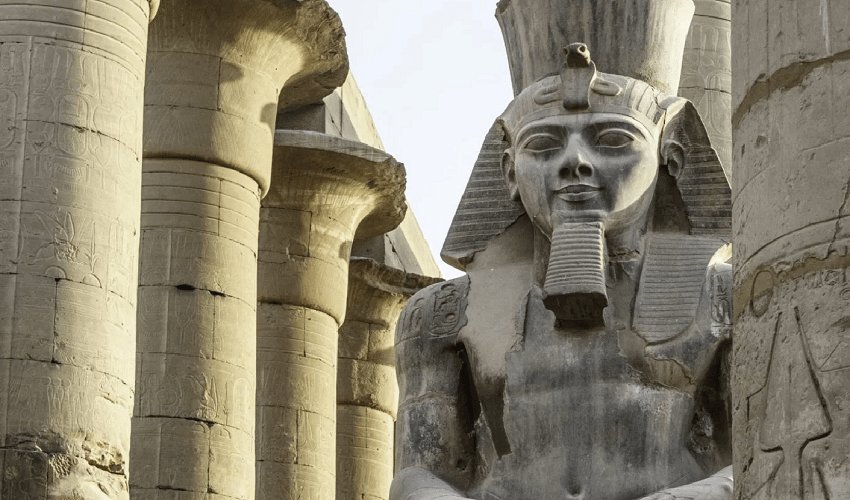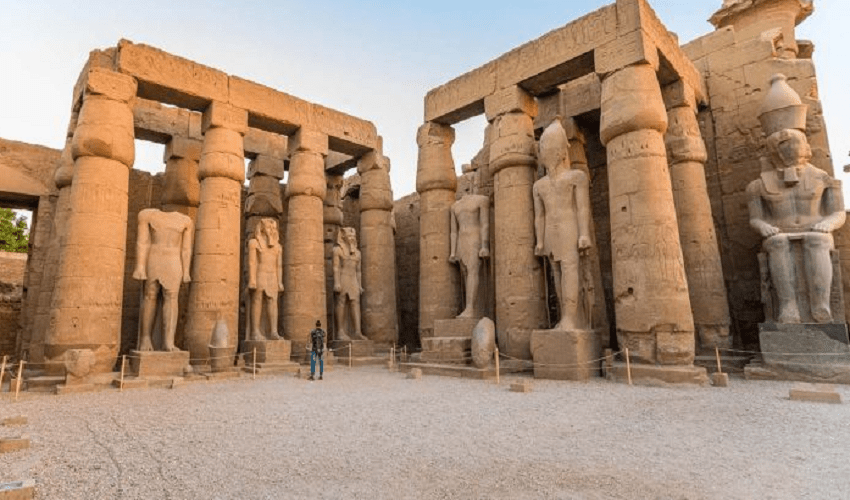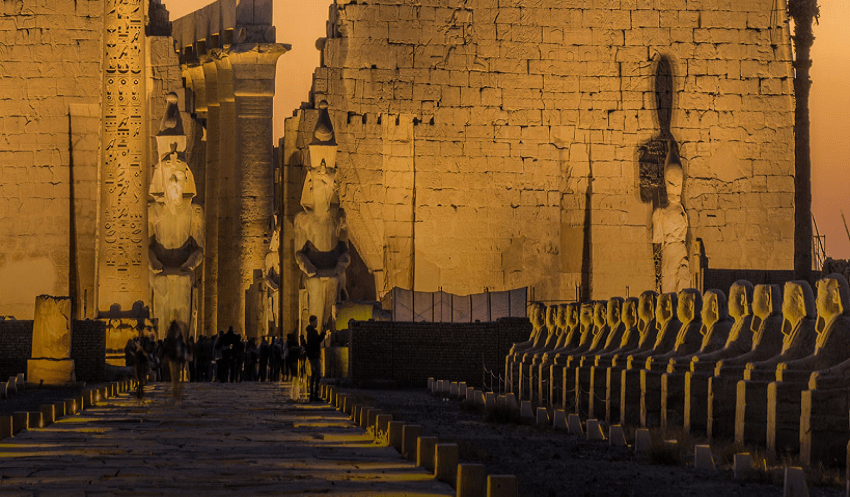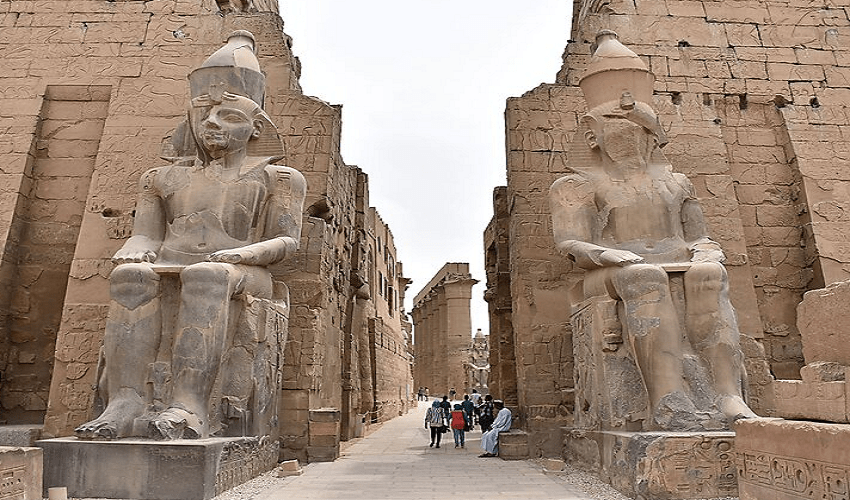Luxor Temple, located on the east bank of the Nile in Luxor, Egypt, is a stunning ancient temple complex dedicated primarily to the god Amun. It was constructed during the reign of Amenhotep III in the 14th century BCE and later expanded by other pharaohs, including Ramses II.
The temple is renowned for its impressive entrance, featuring a massive pylon and the Avenue of Sphinxes that once connected it to Karnak Temple. Inside, visitors can explore the grand Hypostyle Hall, adorned with intricately carved columns, as well as the beautiful sanctuary dedicated to Amun.
One of the temple's highlights is the well-preserved reliefs and inscriptions that depict important historical events, including the Opet Festival, which celebrated the rejuvenation of the pharaoh. The temple also features several colossal statues of Ramses II and other noteworthy structures, such as the shrine of Alexander the Great, who was honored as a pharaoh.
Luxor Temple is not only an architectural marvel but also a vital part of ancient Egyptian religious life, serving as a place of worship and celebration. Today, it remains a key archaeological site and a popular tourist destination, showcasing the grandeur of ancient Egyptian civilization.







